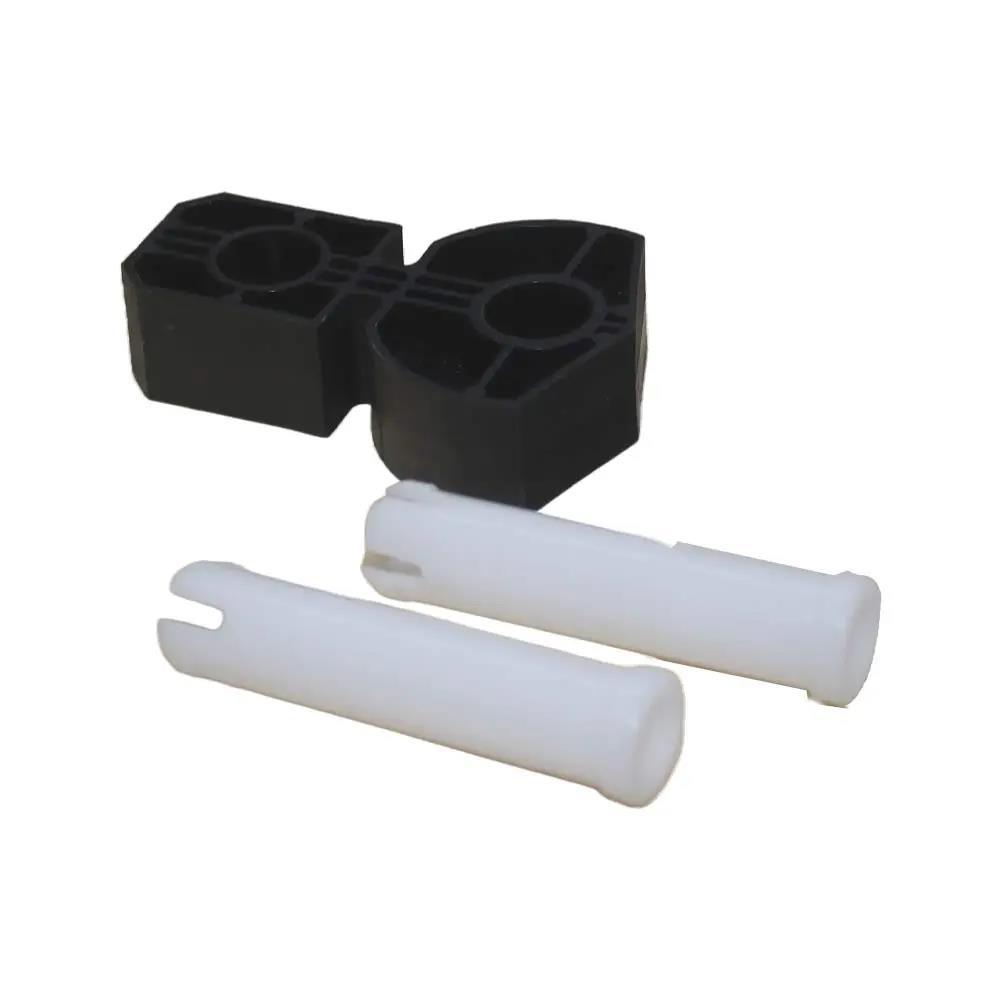Understanding Parts of a Garage Door: A Comprehensive Guide
Garage doors are an essential component of many homes, providing security, convenience, and aesthetic appeal. However, these doors are more complex than they might initially appear, consisting of numerous parts that work together seamlessly to ensure smooth operation. Understanding the different components of a garage door can help homeowners maintain their doors properly, diagnose problems, and even make minor repairs. Here’s a detailed look at the key parts garage door and their functions.

1. Garage Door Panels
Garage door panels form the door's main structure and are typically made from materials such as steel, aluminum, wood, or fiberglass. These panels are connected by hinges and can be designed in various styles, including raised-panel, carriage house, or contemporary designs. The quality and material of the panels significantly affect the door's durability, insulation properties, and appearance.
2. Hinges
Hinges are crucial for the flexibility and movement of the garage door. They connect the panels and allow the door to bend and follow the track’s curve as it opens and closes. These hinges are usually made of galvanized steel to prevent rust and ensure longevity. Regular lubrication of hinges can help in maintaining smooth operation.
3. Tracks
The tracks guide the garage door as it opens and closes. There are two main types: vertical tracks on the sides of the door frame and horizontal tracks on the ceiling. These tracks must be aligned correctly to ensure the door operates smoothly and doesn’t derail. Regular inspection for debris or misalignment is necessary for proper maintenance.
4. Rollers
Rollers are small wheels that move along the tracks, enabling the door to open and close smoothly. They can be made from steel or nylon, with nylon rollers being quieter and requiring less maintenance. Over time, rollers can wear out and need to be replaced to maintain smooth door operation.

5. Springs
Garage door springs are responsible for counterbalancing the weight of the door, making it easier to lift. There are two main types of springs: torsion springs and extension springs. Torsion springs are located above the door and twist to provide force, while extension springs are found on either side of the door and stretch to provide
lifting power. Because they are under high tension, springs can be dangerous to replace and should be handled by professionals.
6. Cables
Cables work in conjunction with the springs to lift and lower the garage door. These cables are attached to the bottom brackets on the door and run up to the springs. They are typically made of high-strength steel to withstand the door's weight. Regular inspection for fraying or wear is important to prevent cable failure.
7. Brackets
Brackets secure the various components of the garage door system. Bottom brackets are particularly important as they anchor the cables and support the door’s weight. There are also top brackets and jamb brackets that help secure the door and track system to the walls. Ensuring these brackets are tightly secured and free from damage is crucial for safe operation.
8. Garage Door Opener
The garage door opener is the motorized device that controls the door’s movement. It is typically mounted on the ceiling and connected to the door with a trolley and rail system. Openers can be chain-driven, belt-driven, or screw-driven, each with its advantages in terms of noise, speed, and maintenance. Modern openers also come with remote controls, keypads, and smart home integration for added convenience.
9. Weather Stripping
Weather stripping seals the gaps around the door to prevent drafts, water, and pests from entering the garage. It is usually made of rubber or vinyl and is installed along the bottom edge of the door and around the frame. Regularly checking and replacing worn weather stripping can improve energy efficiency and protect the contents of the garage.
10. Safety Sensors
Safety sensors are a critical safety feature of modern garage doors. These sensors are located near the floor on either side of the door and create an invisible beam. If the beam is interrupted while the door is closing, the sensors signal the opener to stop and reverse the door, preventing injury or damage. Regularly cleaning the sensor lenses and ensuring they are aligned correctly is vital for proper operation.

Conclusion
Understanding the various parts of a garage door can help homeowners keep their doors in top working condition. Regular maintenance, timely repairs, and professional inspections are key to ensuring the safety, reliability, and longevity of the garage door system. By familiarizing yourself with these components, you can better appreciate the complexity of your garage door and take proactive steps to maintain it.
